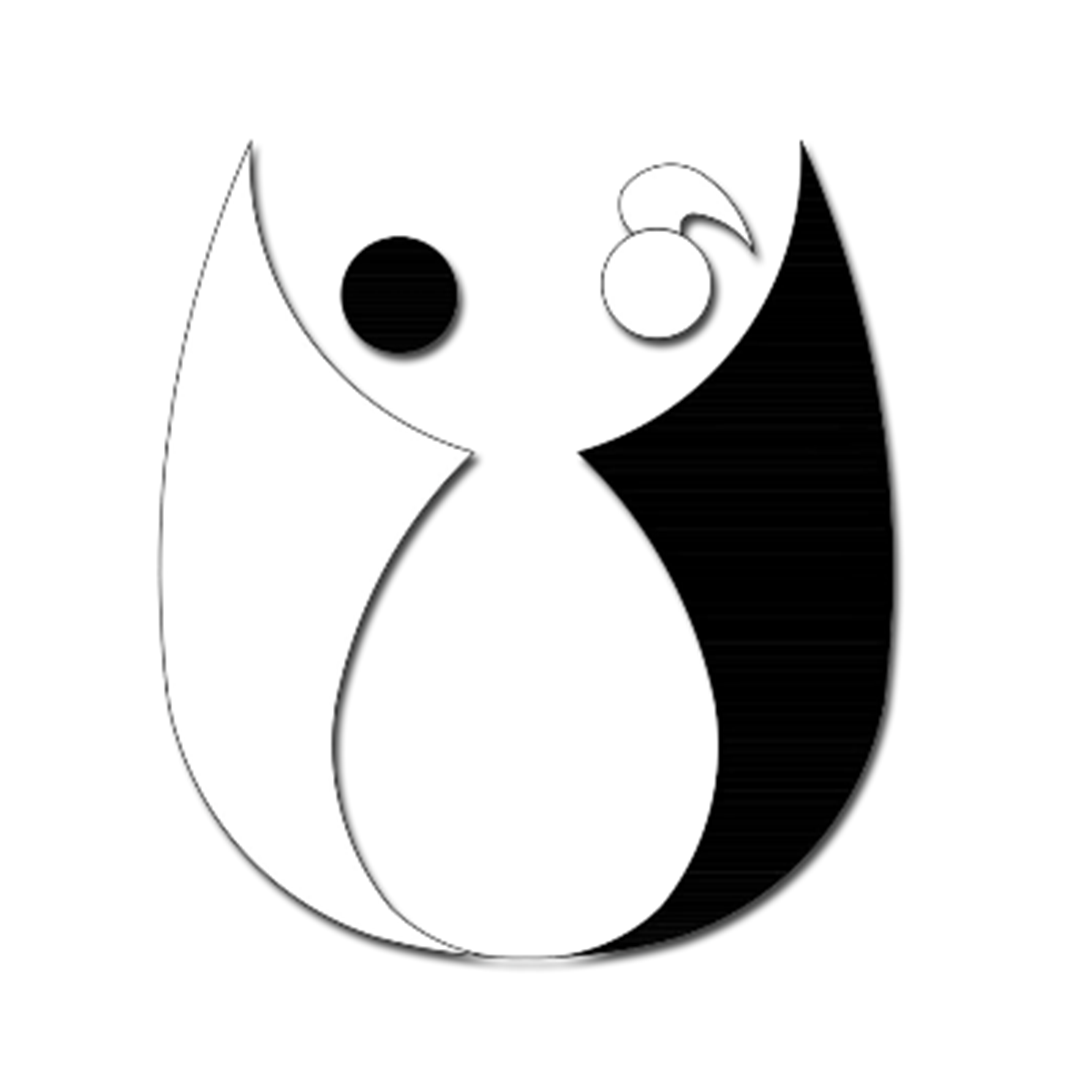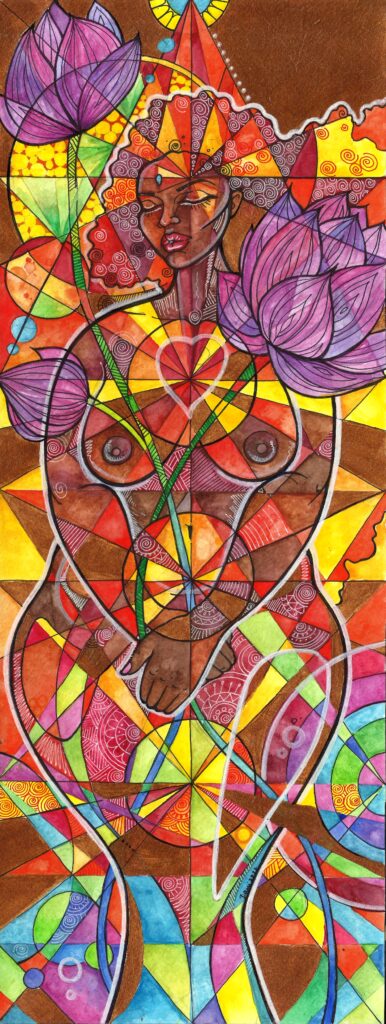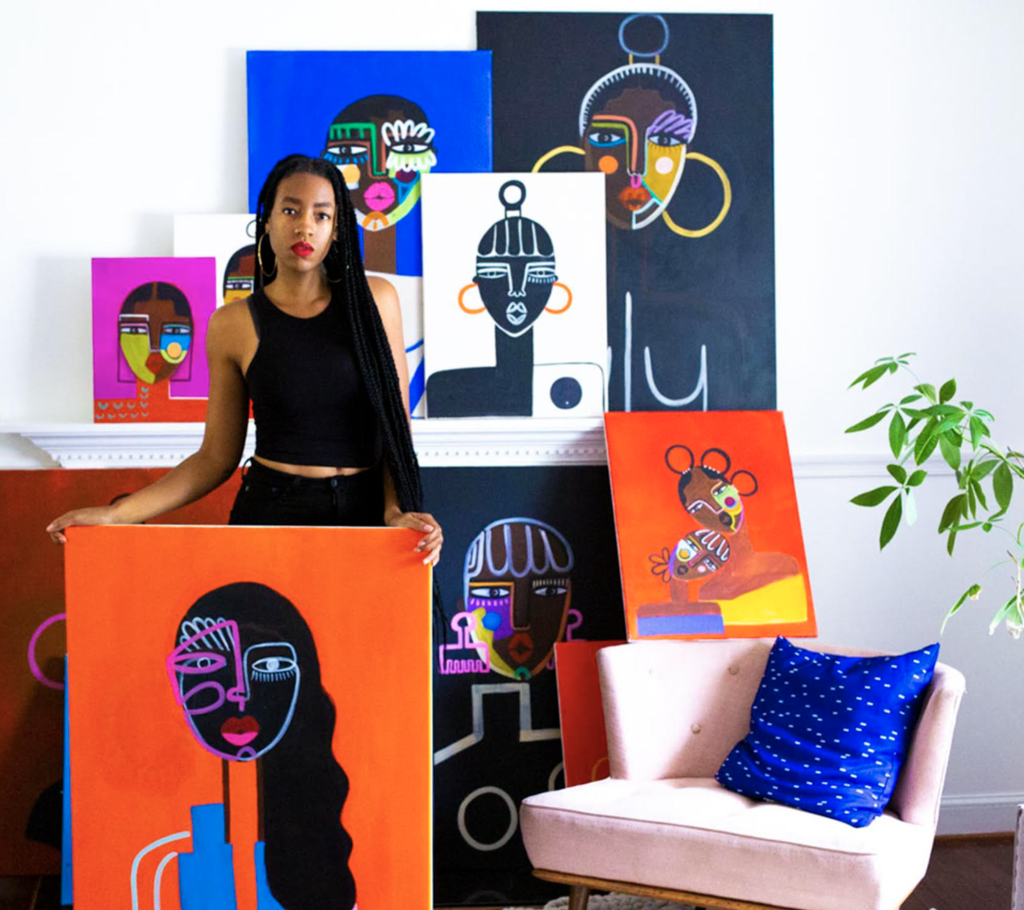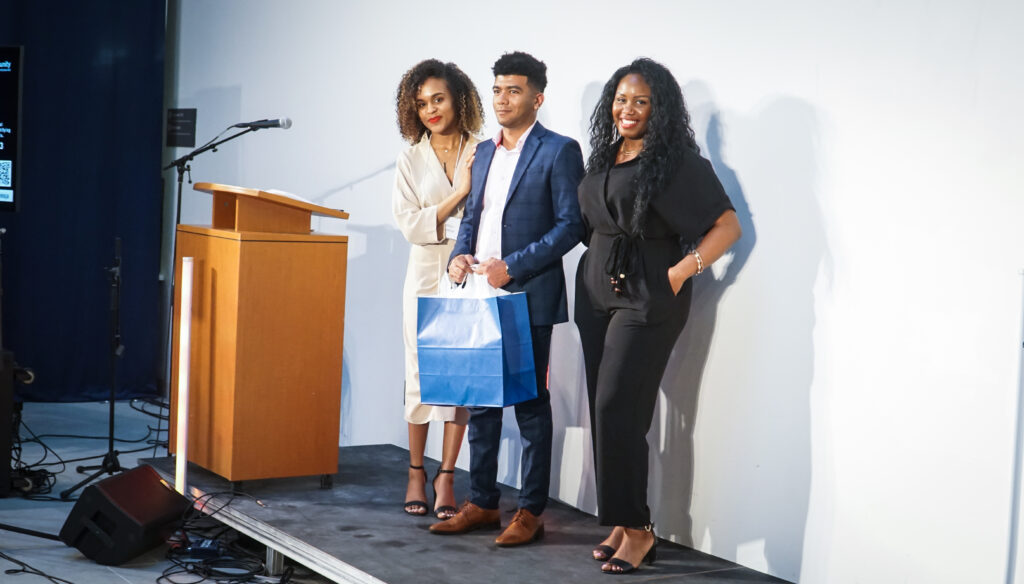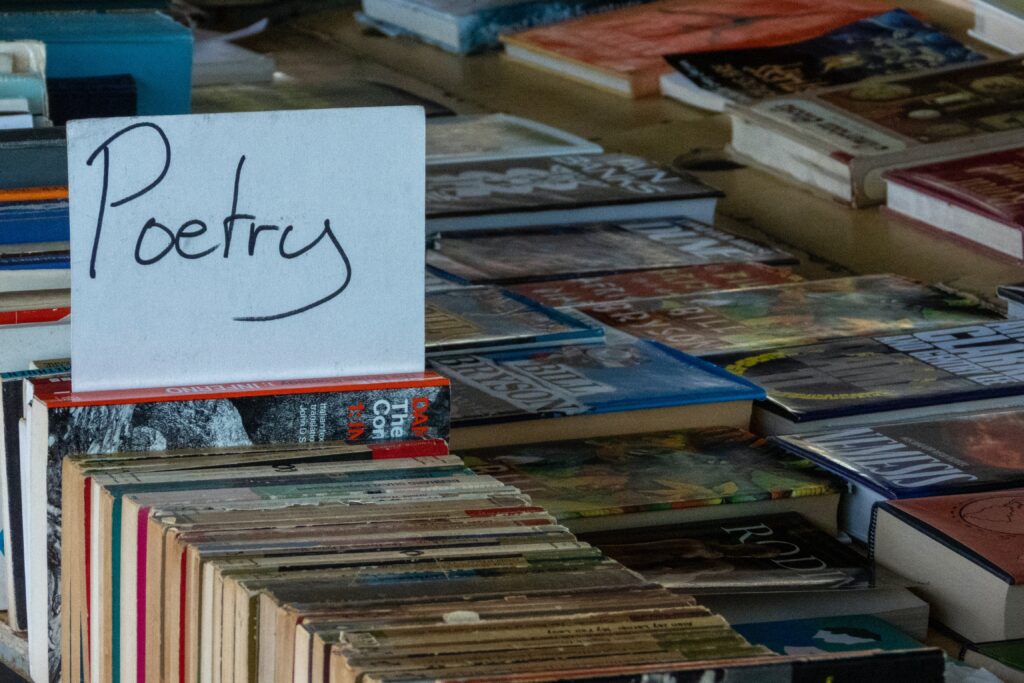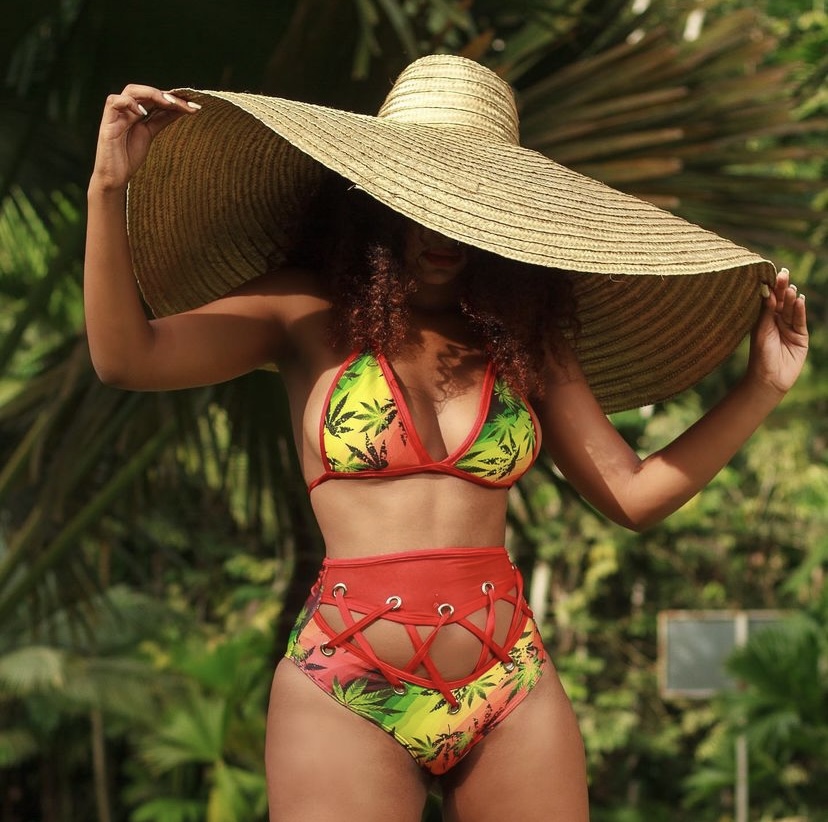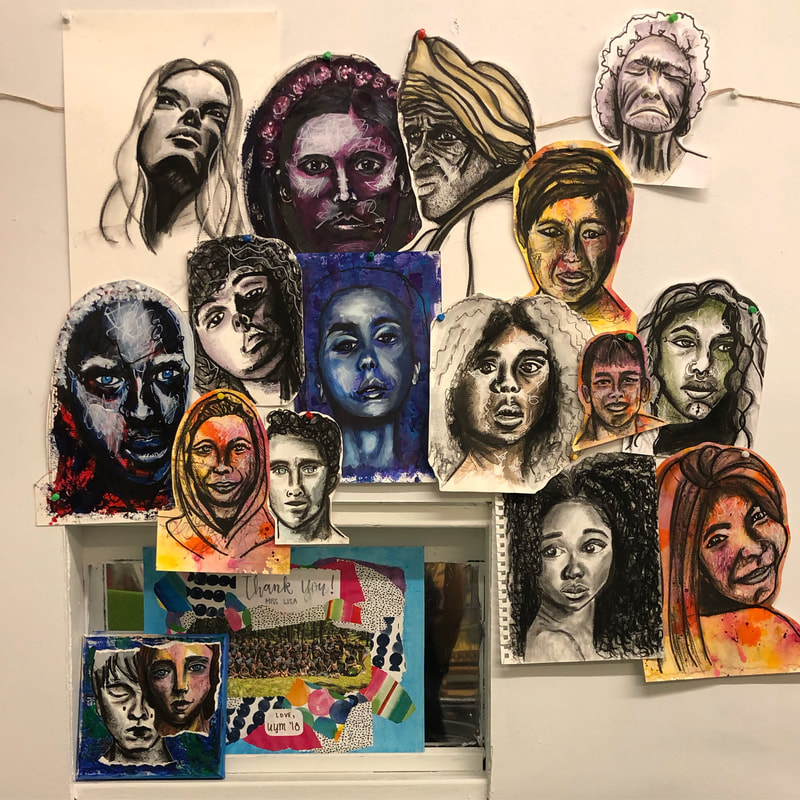The Initial Impact
The art of dancing can be beautiful, calming and invigorating, all at once. It allows us to evoke emotions, thoughts and feelings we are either afraid to express or simply cannot verbalize. It acts as natural medicine, having the ability to heal us mentally, physically, emotionally and socially.
Dance is not only a huge part of our Caribbean cultural experience, but it also builds our self-esteem and self-confidence, through feeding our mind, body, and soul.
Dance is a language every soul can understand. This art form was used by our African ancestors to communicate their feelings, to celebrate with each other, to forget their worries, to tell stories, to heal their hearts and to strengthen their bonds, uniting them forever through either fast or slow rhythms.
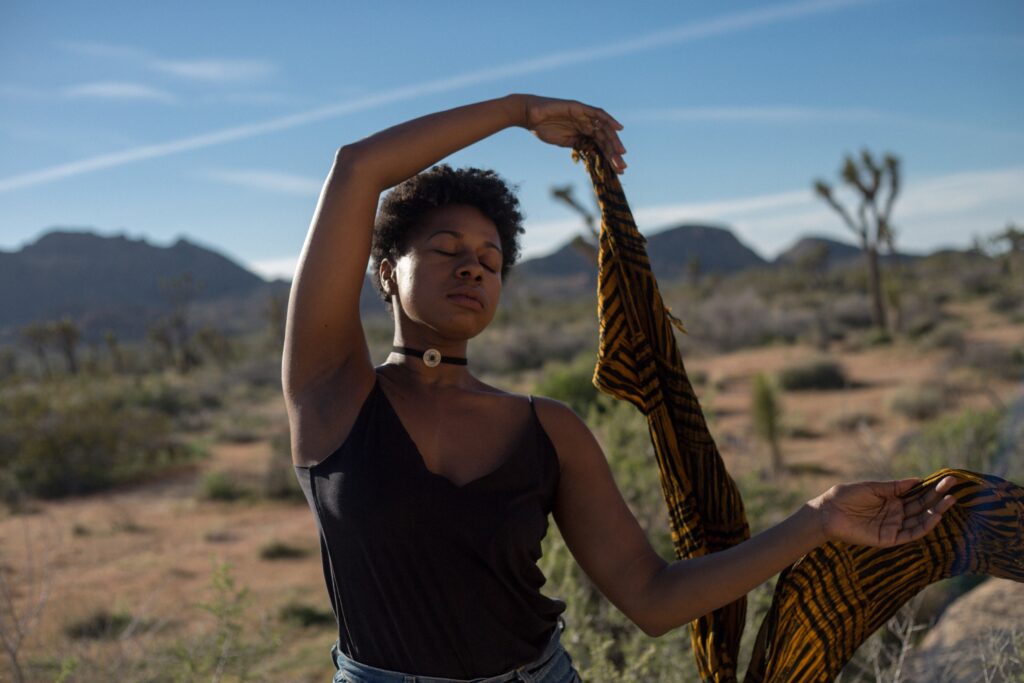
Tamarcus Brown
Many in our society have underestimated the power of dance and have viewed it as merely entertainment to fill an empty program. But it is much more potent than we, dancers and non-dancers, can comprehend.
For a long time, many thought of dancing as just another recreational activity that was done after school or work at the end of the day or week, or most commonly known as an activity parents signed their children up for to occupy them while mummy or daddy ran some errands.
As a child, or being the parent of a child who danced, our immediate thought rarely landed on “this is going to be a great community for my child and for me.” As a child, many of us did extra-curricular activities for three main reasons:
1. We liked it.
2. Our friends like it.
3. Our parents liked it for us.
However, without knowing it, both the child and parent signed up to be attached to a powerful group of people – essentially joining a family … a dance family.
Often times it isn’t until we get older that we are inclined to ask “Why am I dancing?”, “Do I enjoy dancing?” and “Do I want to continue dancing? This introspection leads us to realize that dance has far more to offer than we and society have perceived.
My Story
From the moment I asked myself “Do I want to continue dancing?,” I began to realize that I danced for EVERYTHING.
I danced when I was eating, in the shower, in class, on my way to class, in mid-conversation … I even dreamt about dancing. I was and have been on a dance overdose since I was three years old.
As I grew older, I began dancing with more soul; I used my emotions and feelings to propel my dancing further than just allowing my body to move a certain way. Whether I was frustrated, sad, angry or confused, I danced and I could not stop. That’s the moment I realized how much dancing had impacted my life.
One of my most recent discoveries about dance was that it is used as a therapeutic technique. Upon reaching this discovery, I began to realize the true depth of the artistry, which measured up to be infinite. Dance allowed me to mould any emotion, feeling, thought or word and present it in a visually appealing form that gave people a sense of connection to the story being told.
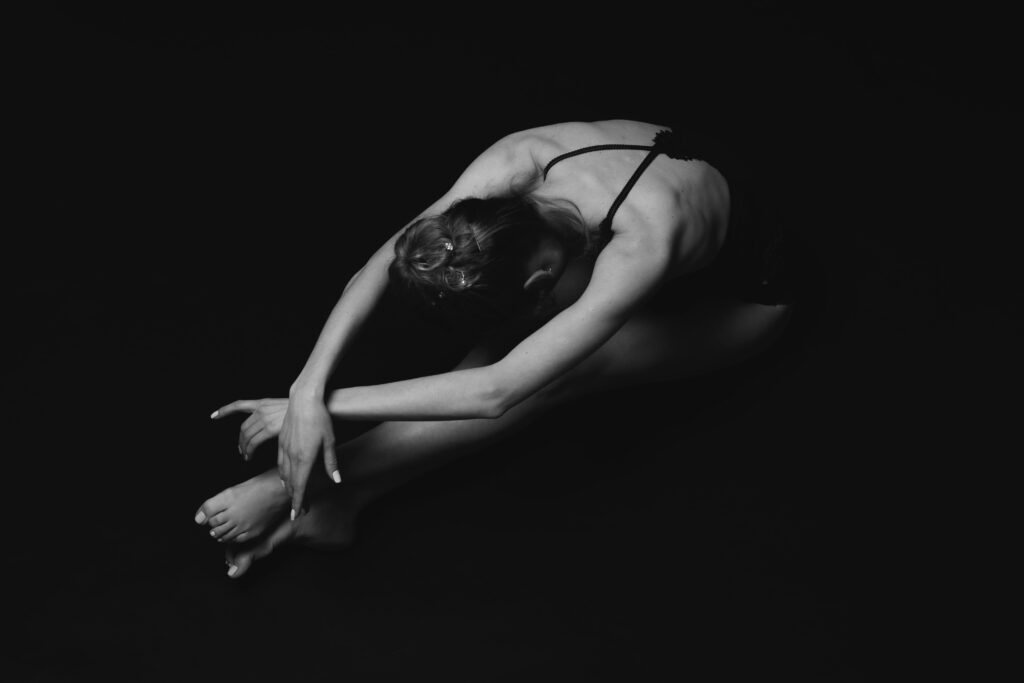
It presented a solution to many problems myself and others may have faced or occasionally still do, prime examples being low self-esteem, low self-confidence or traumatic experiences.
I remember being involved in a summer camp for teens where they took part in various creative activities to help express themselves while having fun. The dance workshop was always the largest and the teens would always linger after the sessions were finished.
One year when I had the opportunity to teach the workshop, I decided to ask the questions “Why do you dance?”, “What is a dance move that you relate to well and why?” before starting any movement.
Many of the responses centred around: the art form making them feel alive, it allowed them to forget about their worries from back home, it allowed them to build a deeper bond with friends and it was overall an exciting mastery of expression.
I found it important to ask ‘why’ they danced because dancing is developed first from feeling the need to express oneself and not from a physical motion as most would think. Dance is formed from feeling the energy stirring within, to creating the thought of movement in our minds, to then manifesting that movement through our bodies.
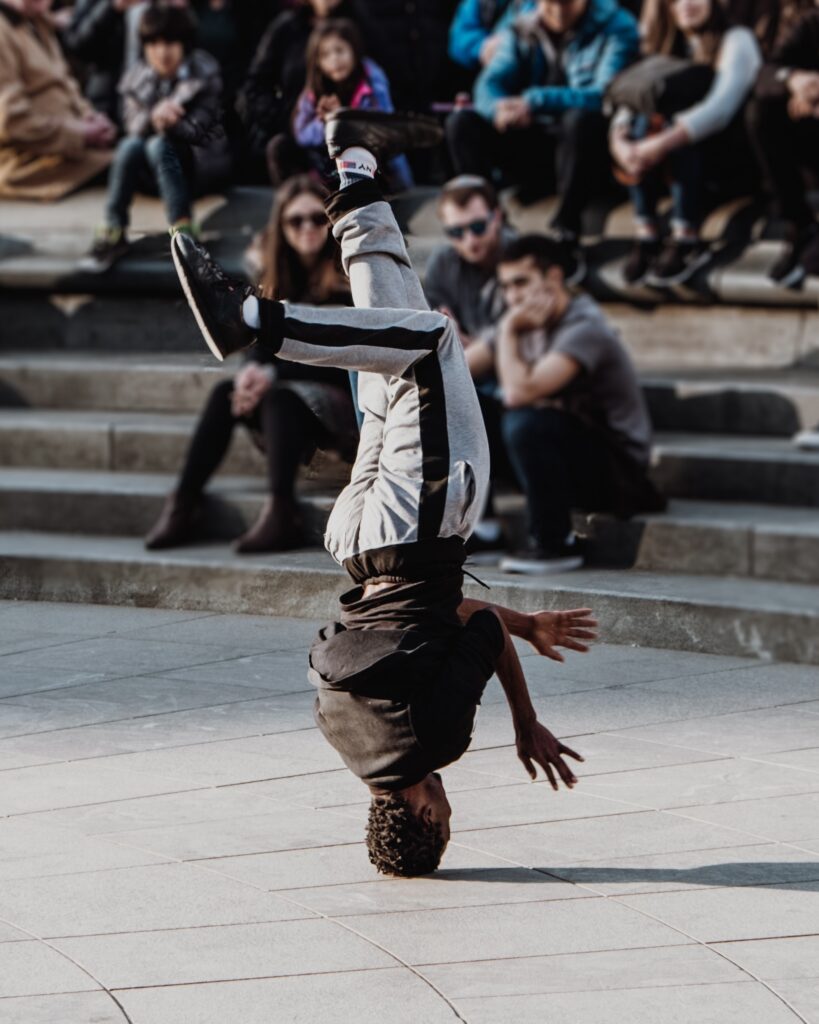
Asking them ‘why’ and allowing them to demonstrate and explain their chosen dance move, solidified their personal need to dance and intensified their zeal to showcase their talents to the other camp members. By the end of the dance routine, the entire camp was on their feet joining in on the dance number, forgetting about the program and allowing everyone to enjoy that moment of pure bliss.
Dance, A Universal Language
Dancing is universal and it is never restricted to an age group. Having the chance to witness an elderly person break out in dance, solidifies the fact that no matter how old we are, dancing makes us feel alive, always reminding us to forget our ailments and life worries and to never stop moving.
In the wise words of Kerry-Ann Henry, an Educator, Education Technologist, Performer, Choreographer, and Director of the School of Dance at Edna Manley College of the Visual and Performing Arts,
“Dance chose me and I responded.”
That is exactly what many of us go through. Our minds and bodies are so captivated by the movement; we have no choice but to give in. Now, we can safely say, dance is our modern day hypnosis technique, just as much as music is.
Discussing dance without music is like discussing peanut butter without jelly. It can happen but we prefer not to discuss it that way. These two art forms go hand-in-hand and we know the difficulty to name a better (more iconic) duo is tremendous. As we list a few universal examples of these two working in harmony, we want to reiterate that this list is not exhaustive, therefore feel free to suggest more to us.
Iconic Dance/Music Duos:
- Cha Cha Slide (Everybody Clap Your Hands) – Dj Casper
- The Electric Slide – Marcia Griffiths
- Gangnam Style – PSY
- Watch Me (Whip/ Nae Nae) – Silento
- Crank That (Soulja Boy) – Soulja Boy
In naming these dance/music duos that shifted our worlds forever, we must also acknowledge our Jamaican culture.
In our culture, we have had many representations of dance and music playing a major role in uniting our people. A present example of this is the renowned dancehall reggae artist and dancer, Kemar Christopher “Ding Dong” Dwaine Ottey (World Ding) along with the Ravers Clavers aka Ravers dance crew.
They have made multiple dance routines to music sung by Ding Dong and other artists, one being Chronixx’s song, “Likes.” Ding Dong has also been inspired to make music based on dance moves the Ravers have created. These two art forms have created waves in the artistic sphere not only locally but internationally.
Dancehall dance is a major part of Jamaican culture. It has been in high demand to be taught internationally for the sake of learning more about our culture. The underlying meaning is that dance has no biases or bounds, it IS a universal language and it will forever be taught.
“Now the art of dance has greatly evolved to now have persons who most certainly make a living from dance.” – Alvin Ailey
This quote highlights a shift in today’s atmosphere. Dance is not only all of the aforementioned but it has become more feasible. We see commercial (professional) dancers, dance teachers, dance choreographers, dance photographers, dance therapists plus many more professions that continue to rise as dance evolves.
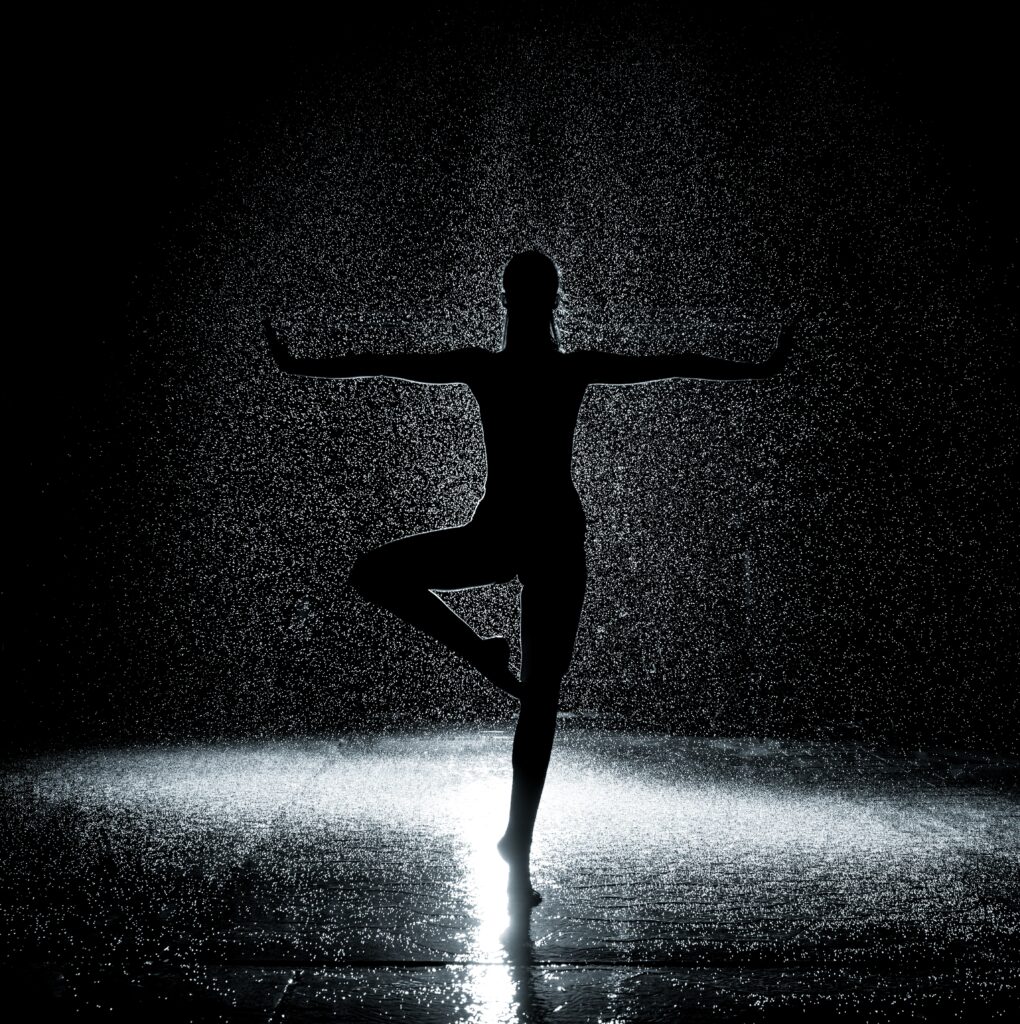
Conclusion
Dancing acts as a blanket for our unspoken narratives and, most importantly, welcomes our healing through movement, first through our minds, to our hearts, straight down to the deepest, darkest parts of our souls.
It is the universal language we all speak from time to time. Dance, the art form has certainly taken the world by storm and will continue to challenge our comfort zones in truly recognizing the power of the artistry; it will forever be unparalleled.
The times have shifted and continue to shift deeming dance as not only a formidable profession but also a means to societal healing and personal introspection.
“I found it important to ask ‘why they danced’ because dancing is developed first from feeling the need to express oneself and not from a physical motion as most would think. Dance is formed from feeling the energy stirring within, to creating the thought of movement in our minds, to then manifesting that movement through our bodies.”
~ Dominique Condison
